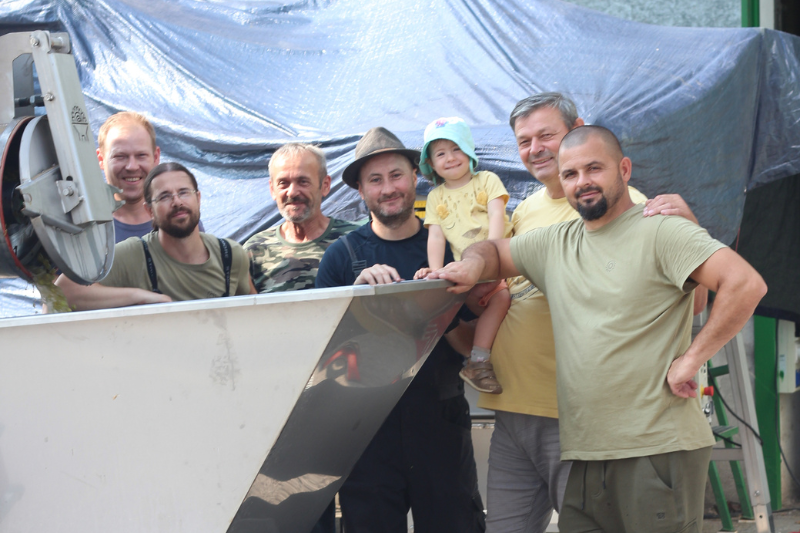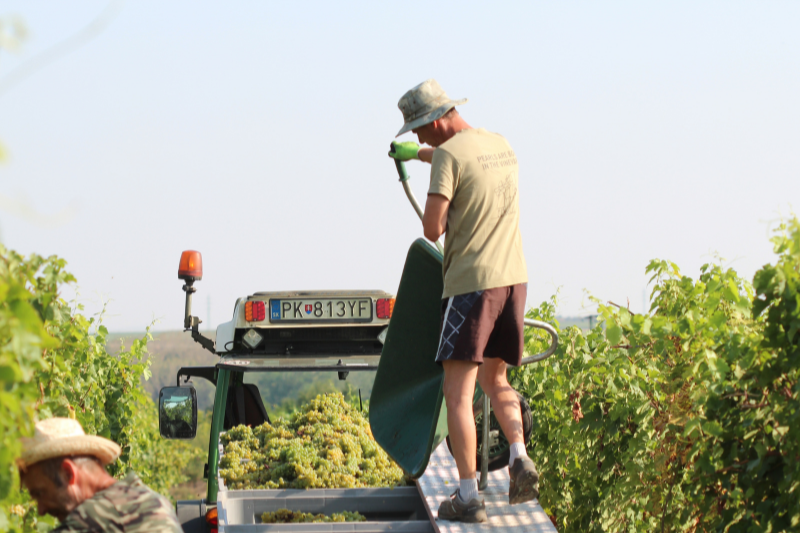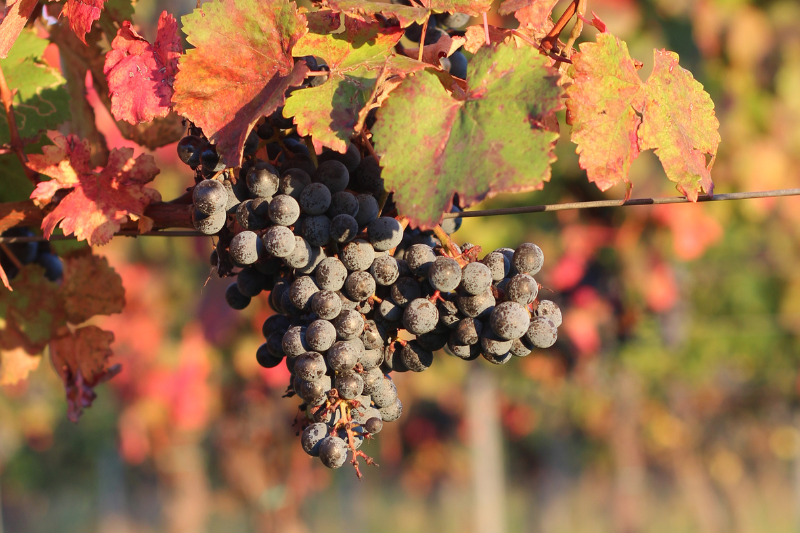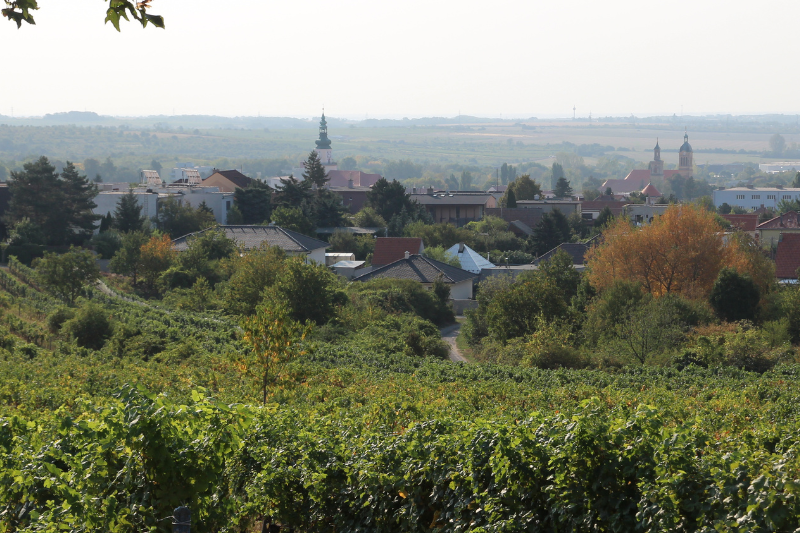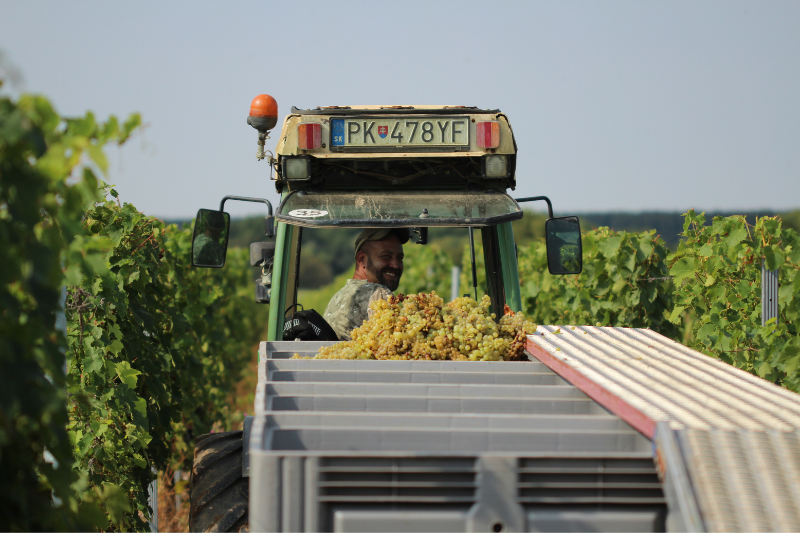
How can we evaluate the 2024 vintage from the perspective of a winemaker and viticulturist? First and foremost - it’s important to acknowledge that 2024 was a challenging year for a viticulturist and winemaker. The season was marked by exceptionally warm and dry weather.
At Karpatská Perla, we have been cultivating our vineyards organically for six years now. From the perspective of the grape quality, we managed to do really well with this “extreme” vintage. The grapes were at the harvest time nice and healthy and harvested in such a way to best ensure their harmony of sugar levels, acidity, and phenolic ripeness. Additionally, since all our vineyards are located within a 5-kilometer radius of our processing facility, we had the advantage of adapting our harvest schedule to the grape quality. Each day, we picked the variety that best matched our desired parameters.
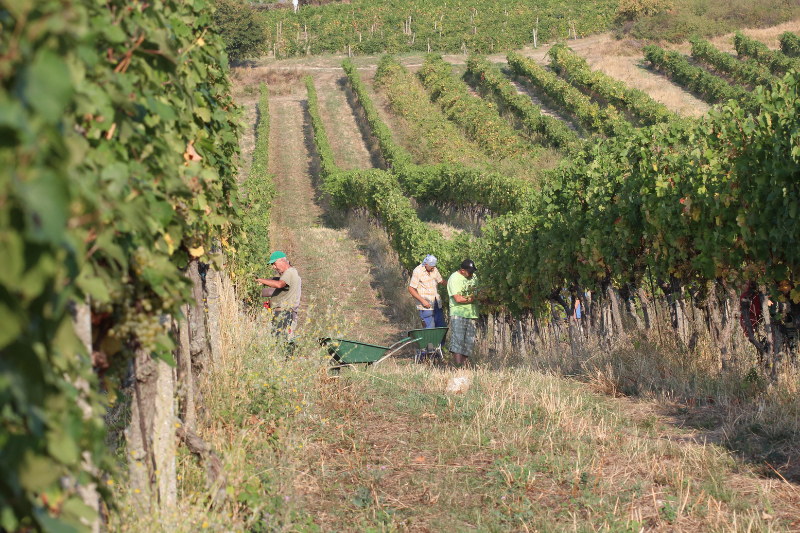
However, the extremely hot summer significantly impacted the overall yield. July, August, and early September were dominated by temperatures exceeding 30°C, with the rainfall also playing a significant role, since it was both scarce and unevenly distributed. Heavy rain during flowering and again in September further influenced the harvest, leading to an approximately 30% lower yield compared to previous years. The impact of this extreme weather was then reflected in the unusually early harvest start date - on August 19, 2024, we started harvesting Moravian Muscat.
In hot vintages like this, viticulturists and winemakers have to extremely focus on maintaining the right acidity levels in grapes, as well as on regular monitoring of its levels in each vineyard during harvest. Such extreme years signal the need for adaptation in vineyard management. Since many of our vineyards are still young, we must focus on efficient water management, ensuring an optimal leaf canopy and working with the soil to retain as much rainfall as possible.

And how does the fact that temperatures exceeded 30°C for almost two months affect the quality of the grapes? Problems can certainly arise in vineyards that have been defoliated or in terraced vineyards if there is little rainfall. Grapes exposed to intense sunlight can suffer from sunburn, causing the berries to shrivel into raisin-like shapes, ultimately leading to lower yields. Another consequence of high temperatures is that different grape varieties do not ripen gradually but almost all at once. And as a result of that, the harvest is accelerated and completed in a shorter period of time. This year, we finished harvesting unusually early - in the first days of October. That’s nearly a month earlier than in previous years, and in fact, we have never finished the grape harvest this early ever before.
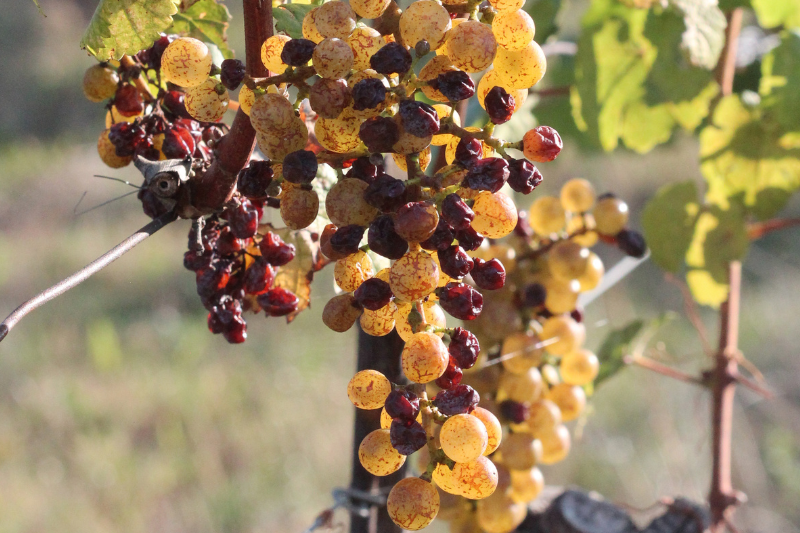
It can truly be summed up by saying that the weather pushed us hard this year. Vegetation started very early and was ahead of schedule by approximately three weeks. As part of our vineyard work, we had initially planned to build a support structure for young plantings, but due to the rapid ripening of the grapes, we had to reorganize our workflow in the vineyards. This year has once again confirmed that each location and vineyard requires an individual approach, since the differences between sites are becoming more pronounced. Factors such as vineyard age, soil composition, microclimate, and local rainfall levels are becoming increasingly dominant.
These are all new challenges for us, and we must find ways to tackle them.
